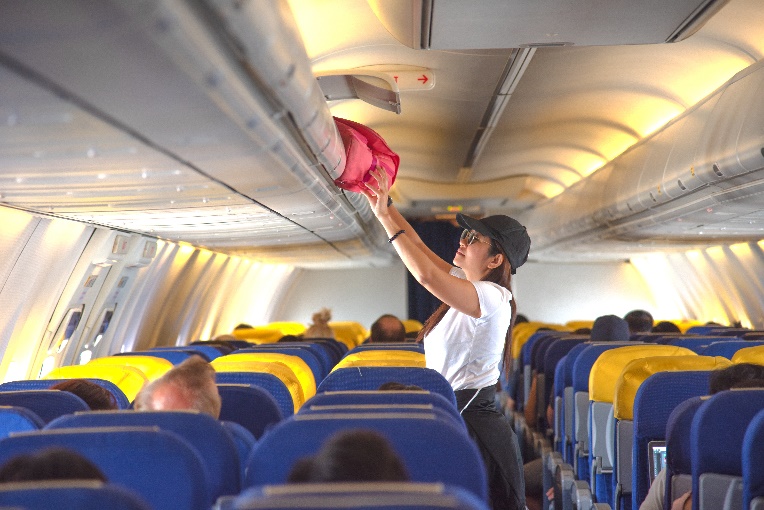 Are you a beginner new to the world of physical fitness and exercise?
Are you a beginner new to the world of physical fitness and exercise?
Did your doctor tell you to start exercising, but you have no idea where to even begin?
Do you want to get fit for an event? Or change the way you look?
Does the whole thing intimidate you?
If so, you’re not alone! And you came to the right place. This is the first in a series of blog posts for complete beginners. We will take it slow, go step-by-step, and will give you the information you need to feel comfortable and confident.
And I will give you resources about where to learn more and how to get someone to help you.
So let’s start at the beginning…..What is Fitness?
There are some very technical definitions out there as to what fitness is. But to me, fitness encompasses four things:
-
-
- Flexibility
- Strength
- Muscular Endurance
- Cardiovascular Fitness
-

How does fitness impact our everyday lives?
I want you to imagine that you are going on vacation. You have been planning this vacation for a long time and you are thrilled to be getting away. Where are you going? Is it the beach, or the mountains? Will you be in a big city or a small town away from the hustle and bustle of your home? Where are you going?
When you are traveling, your body goes through a lot. You ask it to sleep in strange beds, eat food it is not used to eating, drink more than it is used to drinking, and do things it is not used to doing.
For the rest of this post, I am going to show you how each aspect of fitness will improve your life.
Flexibility

What is Flexibility?
Flexibility is the ability for your joints to move through their full range of motion.
Imagine for a second that you have just passed through airport security. You have taken off your shoes and belt. And it feels like everything you own has just passed through the metal detector. When you are finished, you throw on your belt and without even thinking about it, lean down to put on your shoes. It is the flexibility in your hamstrings and lower back that allows you to lean down to deal with your shoes.
Why does flexibility matter?
The more flexible you are, the less likely you will get injured doing everyday tasks. If your lower back was tight, you could have hurt yourself leaning down to tie your shoes. Trust me — you don’t want the pain that comes with a herniated disk in your back. It will change your life forever.
If your hamstrings were tight, you could pull a hamstring. Hamstring injuries are notorious for taking a long time to heal. So, one little action could leave you hobbling for several months.
To prevent injuries, it is important that your whole body is flexible. This means all joints, tendons, ligaments, and muscles on your upper body and lower, on the front of your body and the back.
How can you improve your flexibility?
The best and easiest way to improve your flexibility is to stretch. I am not going to into great detail here, because we have two great blog posts on flexibility:
“7 Best Stretches for People Who Sit Too Much” and “7 Best Stretches for Hikers”
Muscular Strength

What is Muscular Strength?
Muscular strength is the ability of your muscles to move objects.
Imagine you are on an airplane. You have everything but the kitchen sink in your carry-on bag. When you get to your seat, you open the overhead compartment and you have to pick your bag up off the ground, raise it to shoulder height, and then place it into the compartment above your head.
It is muscular strength that got your carry-on bag into the overhead compartment. You needed strength in your torso to bend down to pick it up. You needed strength in your legs and lower back to pick it up to shoulder level and you needed strength in your shoulders and triceps to get it above your head.
Why does Muscular Strength matter?
The stronger you are the less likely you will get injured doing everyday tasks.
Go back to the airplane. If your legs were not strong enough, your lower back might have taken the load and could have been injured. If your shoulder and triceps were not strong enough, you might have dropped the back (on your head) or strained muscles in your shoulders.
How can you improve Muscular Strength?
The way you improve your strength is through progressive resistance training.
Progressive meaning as you get stronger, you make the exercises harder. And resistance meaning any exercise that works your muscles. This might be strength machines, barbells or dumbbells, or bodyweight exercises.
Muscular Endurance

What is Muscular Endurance?
Muscular Endurance is the ability of your muscles to work for extended periods of time.
Now imagine that the airplane that has your bag in the overhead compartment lands. Your connecting flight is 40 gates away and the shuttle between gates is not working at the moment. So, when you finally get off your plane, you have to walk 40 gates. Carrying your heavy carry-on bag.
-
- It is muscular endurance that allows your legs to keep you moving forward to your destination.
- It is the muscular endurance of your forearm muscles that allow you to grip the handle of your bag.
- It is the muscular endurance of your rotator cuff muscles that allows your shoulders to stay safely in their sockets.
Why does muscular endurance matter?
Once again, it comes down to injury prevention. If you did not have endurance in your legs, you would not have made it to your gate. You would have dropped your bag and you would have had shoulder pain when it was all over.
How can you improve muscular endurance?
You improve muscular endurance through progressive resistance training. Similar to the way you would exercise to get strong, you can do strength training exercises that focus on endurance. Longer sets, more reps, etc.
Cardiovascular Fitness

What is Cardiovascular Fitness?
Simply put, cardiovascular fitness is the ability of your heart and lungs to do their job.
Let’s go back to the airport…to your long 40 gate walk. And now pretend that you only have 15 minutes to get to your next gate before your next plane takes off.
You have to walk faster than you would walk at any other time in your life. You dodge little kids and business people on their phones. You put your head down and move. Luckily you get to your gate just before they close the doors.
Why does Cardiovascular Fitness matter?
Cardiovascular Fitness is key to living a happy and healthy life.
- Want to go for a long hike? You need your heart and lungs to do their job.
- Want to play tag with your kids or grandkids? You need your heart and lungs to do their job.
- Want to LIVE? You need your heart and lungs to do their job.
How can you improve your Cardiovascular Fitness?
In the most basic sense, you improve cardiovascular fitness by doing activities that raise your heart rate. It’s as simple as that.
Yes, we can get incredibly technical with heart rate monitors, watches, etc. But, anything you do that will raise your heart rate will improve your Cardiovascular Fitness.
So find something you enjoy doing…and just do it.
So there you have it. Four aspects of fitness. Stay tuned for more beginner tips.


